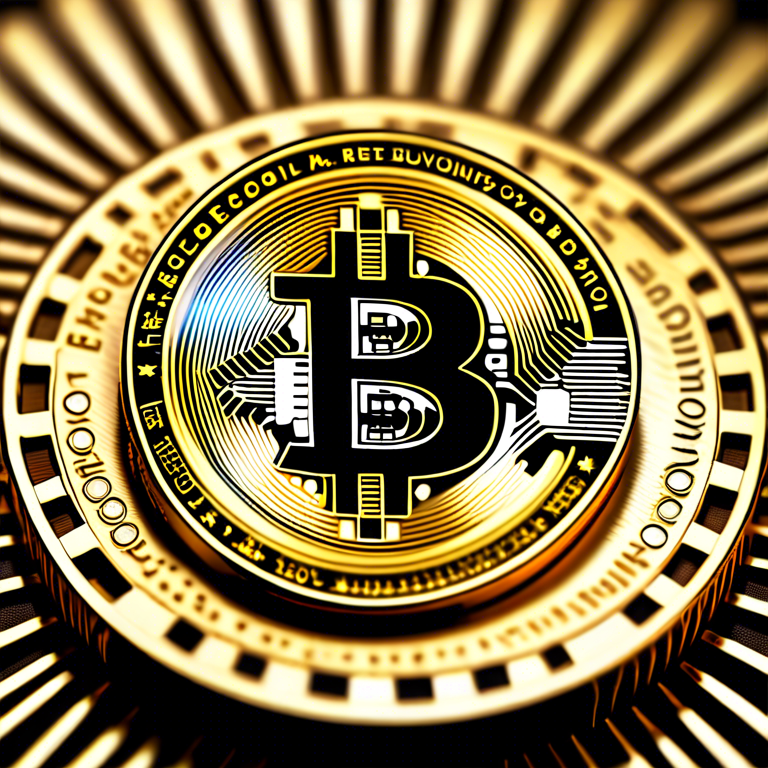【2000mh/s ethereum miner】Bitcoin Versus USD, Understanding the Digital Currency Landscape
Xexchange xex.vip
This article delves into the comparison and 2000mh/s ethereum minerrelationship between Bitcoin (BTC) and the U.S. dollar (USD
), exploring how these two forms of currency interact within the modern financial sphere, their implications for investors, and their future prospects in global economics. Here, we’ll dissect the fundamental aspects of Bitcoin as a digital currency, how it compares with the traditional U.S. dollar, and what this means for the global economy and individual investors.


Bitcoin: A Digital Revolution
Bitcoin, introduced in 2
009, has emerged as the leading digital currency, challenging traditional financial frameworks and offering a new form of money free from centralized control. Unlike the U.S. dollar, which is issued and regulated by the government and central banking institutions, Bitcoin operates on a decentralized network of computers using blockchain technology. This groundbreaking approach ensures transparency, security, and freedom from third-party manipulation by recording all transactions on a public ledger. The appeal of Bitcoin lies in its limited supply—capped at 21 million coins—contrasting with the ability of traditional currencies to expand their supply through monetary policy, leading to inflation. Bitcoin’s value is determined by xexchange demand and supply, making its price volatile compared to the relatively stable USD.
USD: The World’s Reserve Currency
The U.S. dollar has stood as the world’s primary reserve currency for decades, bolstered by the United States’ stable economy, political system, and the dominant role of the U.S. in global trade and finance. As a fiat currency, the USD’s value is not backed by a physical commodity but rather the government’s declaration that it has value. This trust enables the USD to function as a means of exchange, a store of value, and a unit of account around the world. However, the USD’s dominant position is challenged by factors like national debt, inflationary pressures, and the rise of alternative currencies, including digital ones like Bitcoin.
The Interplay between Bitcoin and USD
The relationship between Bitcoin and the USD is complex, characterized by both competition and coexistence. On one hand, Bitcoin offers a hedge against inflation and currency devaluation, drawing interest from investors looking to diversify their portfolios away from traditional fiat currencies. The increasing acceptance of Bitcoin as a payment method and investment vehicle highlights its growing legitimacy and potential to complement or even substitute for fiat currencies like the USD in some contexts. On the other hand, the vast majority of Bitcoin transactions are priced and settled in USD, underscoring the USD’s continuing role as a global financial linchpin. This symbiotic relationship illustrates the evolving nature of money and opens the door for further innovations in digital finance.
In conclusion, the dynamic relationship between Bitcoin and the U.S. dollar signifies a pivotal moment in the evolution of money and finance. While the USD continues to hold sway as the world’s leading currency, Bitcoin’s rise poses intriguing questions about the future of digital currencies and their place in the global financial system. As technologies and economies evolve, so too will the balance of power between traditional fiat currencies and digital challengers like Bitcoin.
Coinluckypro.com
This article address:https://mcdsinc.com/html/83b2699890.html
版权声明
本文仅代表author观点,不代表本站立场。
本文系author授权发表,未经许可,不得转载。